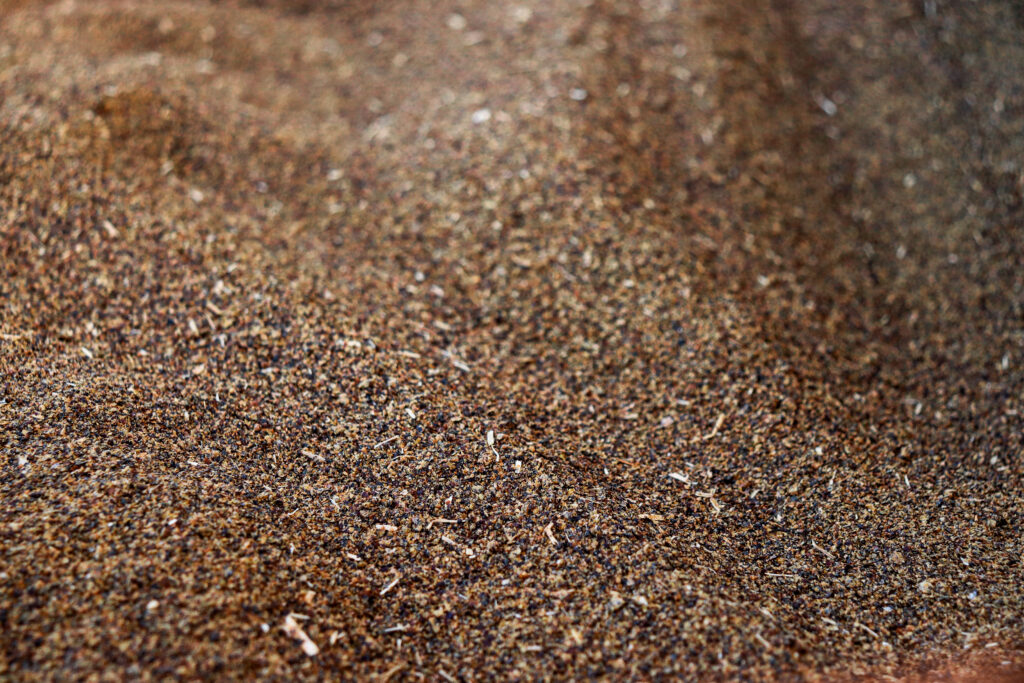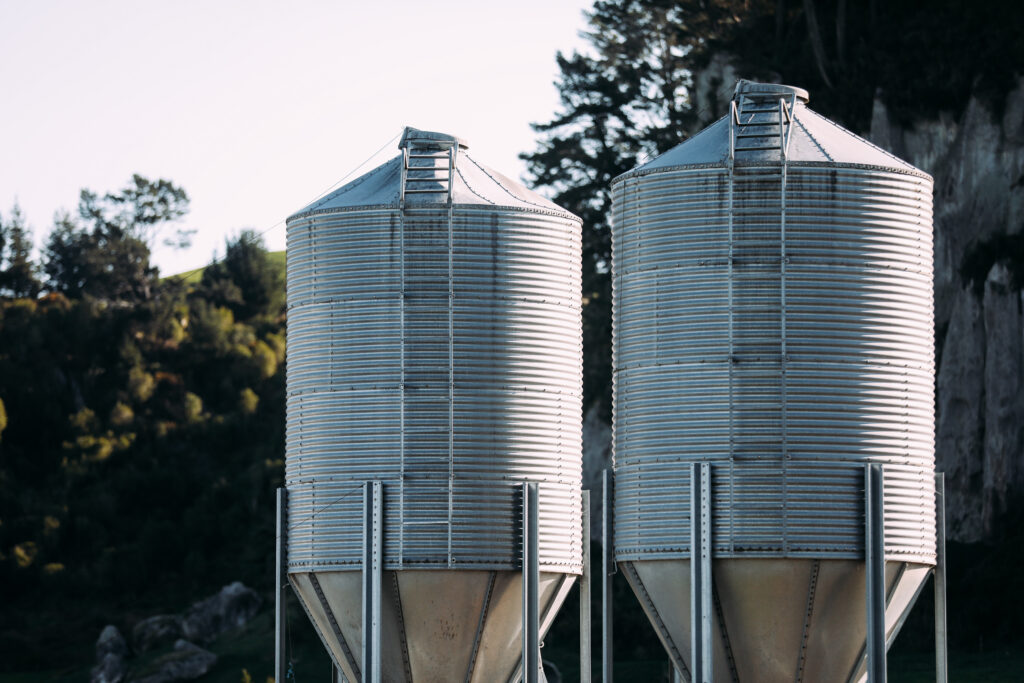What is Canola?
Canola is a perennial brassica plant that comes from the same family as mustard, broccoli and turnips. It is a cool season plant where it best grows in conditions with cool nights and hot days which allow it to develop its unique fatty acids. From germination to seed production and maturity, it takes approximately three and a half months depending on temperature, sunlight, moisture and soil fertility.
Canola is best known for the household “Canola Oil”! It is widely used in baking at home, cooking sprays, deep frying at, restaurants and food processing. As the world’s most common vegetable oil, we know Canola is widely used in the making of biscuits, crackers, chips, cake mixes, margarine and more! Did you know Canola is used for non-food items also? Canola is a product commonly used in cosmetics, such as, lip gloss, creams, shampoo, soap and more! We see it used in Biodiesel, printer ink as well as an antistatic for paper and plastic wrap.
Canola Oil has a multitude of uses across the globe; but what do we do with the leftovers? Canola Oil is extracted from the seed of the Canola plant and Canola Meal which is commonly used as a livestock feed, poultry feed, pet food, fish food and fertiliser, is what is left behind.
The big question is, why do we use it in the Dairy industry?
Canola Meal has been fed globally to dairy cows for a long time. Because of Canola Meals nutritional factors, and the value per unit of protein, it becomes a suitable feed for any part of the season.
In the words of our very own Technical Feed Partner, Glen McFarlane, bypass protein are proteins that flow through the rumen and are then utilised through the intestinal tract. When we are feeding dairy cows, we are feeding the bugs in the rumen, however conversion of crude proteins to usable proteins takes energy.
By not relying on the microbes to break this portion of protein down in the rumen, it saves energy thereby helping to improve feed conversion efficiency. There are certain times of the year that this is very beneficial for the cow! Glen expresses a strong benefit of feeding Canola Meal is its’ bypass proteins being 41% and when compared to Soybean meal, Canola Meal has 27% more bypass protein.
The amino acid profile of Canola Meal in comparison to other feeds adds to the benefits of this product as a wisely chosen supplement. Canola Meal is higher in Lysine, Methionine and Histidine when compared to its close competitors. These amino acids are three important building blocks that are key to milk production in our herds. When we compare Canola Meal, to other common protein meals; Canola has the closest amino acid profile to that of Milk.
Glen notes that in the case of a dairy cow, we want to be using a protein feed that will provide the right amino acids that are required to produce milk. By doing this we will produce milk using less energy and also reduce the amount of nitrogen that gets excreted (i.e. less protein is wasted).
We mentioned above about Canola being a cost-effective feed on a price per unit of protein basis, and combined with the optimal amino acid profile, and trial work supporting production increases, then if protein is your limiting factor Canola Meal may be worth a try.
When it comes to making up the diet, we can use less of it compared to other lower protein meals, and get a better spec blend for the same price.
If we take what we have learnt and apply that to everyday farming, how can that help you?
Glen looks at the front end of the season and mentions performance comes back to the old saying “the higher you climb, the further you soar”. He explains that too often in many situations around New Zealand we see the cows dry matter intake being held back after calving, which in turn limits the ability for the cow to reach her genetic peak. This can be due to lack of feed on hand, poor planning or simply not understanding the importance of fully feeding post calving. However, it may also be that the cow simply can’t extract enough energy or protein from the feed offered, to meet her requirements.
In early lactation we have issues with capacity within the rumen post calving, so having a good quality protein concentrate like Canola Meal makes things easier for the cow. That leads us back to bypass protein where providing the cow with the protein she needs without the energy requirements to break it down into microbial protein. All the things we do in the early stages of lactation then flow through to what cow condition we lose and ultimately what sort of mating performance we achieve. What we do in the first 3 months of lactation does impact on next season.
On the other hand, Glen talks about the hot topic of high nitrogen content in our New Zealand pastures. If we don’t address cows being able to utilise this feed, and with pasture making up to 85% of the diet, it only leads to inefficiencies, limits performance, reduces profitability and does little to improve our carbon footprint.
Good quality protein can also increase intake, which is important during early lactation. There’s a great opportunity here to look at how with the clever use of Canola Meal, we can address a multitude of issues ranging from environmental challenges, cow health and fertility while we keep a keen focus on improving profitability.
We covered spring and early lactation, but we must not forget summer production requires good quality protein in the diet, to offset our lower protein summer pastures. Glen talks about how often summer grasses become less palatable and digestible. The rumen microbes also require some good quality protein to help digest that fibre; if grass is becoming less digestible, there’s a good chance the protein is becoming less available. Glen explains this could be an opportune time to add some quality protein keep the cows performing at an enhanced level.
On the other hand, feeding high amounts of high nitrogen pasture as can happen with an Autumn flush of pasture, can often result in body condition loss at the worst possible time when the focus should be on getting cows to the optimum body condition for calving. Increasing sugars and starches to mop up the excess nitrogen is advised, but adding some Canola Meal can dilute down the need for as much grass while giving a nice lift in energy and production.
Glen encourages that if we do the job right at the front end of the season and continue that process on a day-to-day process, there’s no reason cows can’t still be doing over 2kgs milk solids 8 or 9 months into lactation.
In summary, Canola Meal is a high protein feed containing approximately 36.5% crude protein. As such, Canola Meal is ideal for complementing lower protein diets, or any time additional protein is required. Canola Meal has a good amino acid profile and with a high percentage of rumen bypass protein, has repeatedly been shown to support milk production with lower amounts of protein, resulting in lower levels of milk urea nitrogen (MUN) and less waste.
Review the use of Canola Meal and the benefits it may have on your herd with your Regional Feed Partner where they can discuss with you where there could be potential gains to be made and how the utilisation of one of our tools, Tracker™, can help you make proactive, fact based decisions.
100% of GrainCorp Canola Meal imported comes from Australia!




